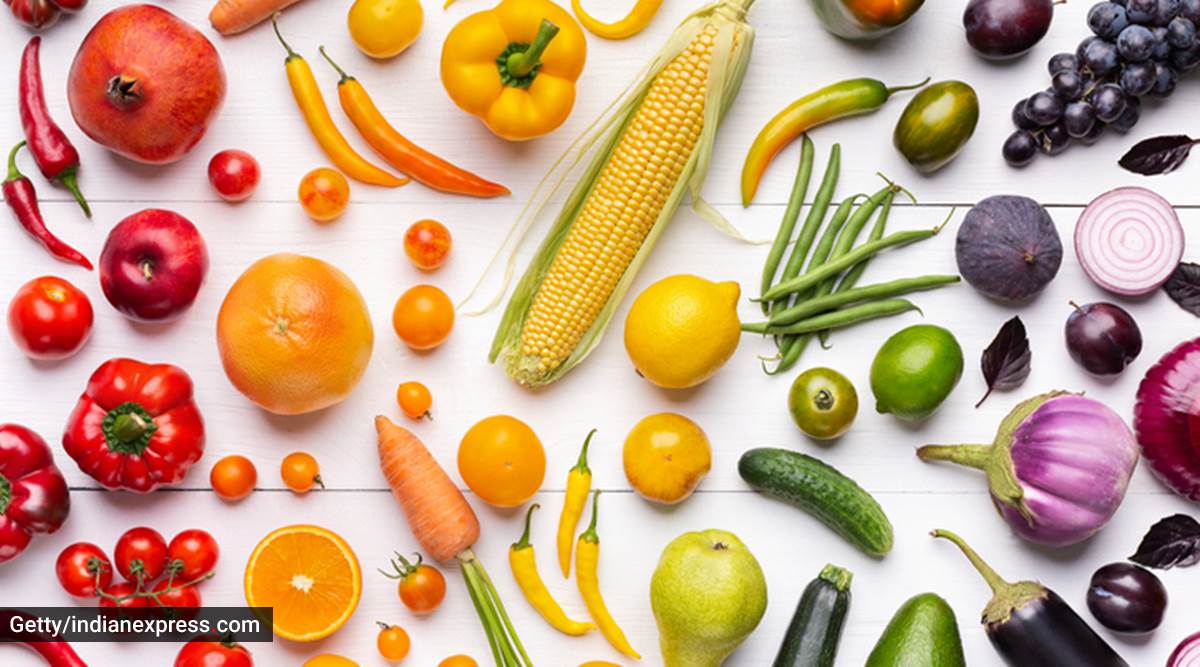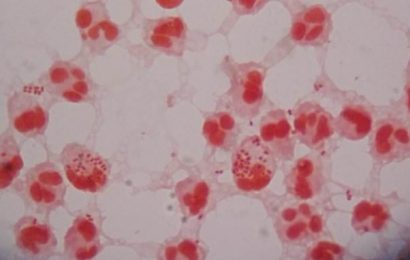"Five to six servings of a combination of colourful fruits and vegetables are recommended for your growing child," says Janvi Chitalia, an integrative gut microbiome health coach and functional medicine nutritionist

Most children are picky eaters. And as such, it becomes a task for their parents to get them to eat something, anything. In their quest to make things interesting for kids, they look for colours and shapes in their food. It is believed that rainbow-coloured foods entice them quite a lot, which is why doctors and nutritionists suggest adding more colourful fruits and vegetables to their diet.
Janvi Chitalia, an integrative gut microbiome health coach and functional medicine nutritionist says rainbow foods are characteristically like phytonutrients or phytochemicals, which are natural compounds of all the food plants. They play a role in giving plant foods their colour, taste and smells.
“The benefits of the phytonutrients are related to toxin elimination, hormone metabolism and supporting the immune system,” she tells Express Parenting, adding that each colour on the plate adds a value and can be beneficial for the child.
“The main colours are red, orange, yellow, green, (black, blue, purple,) and (white, tan and brown).”
* Red fruits and vegetables: They have anti-inflammatory properties. They help support and strengthen the immune system and also aid cell protection and help with heart health.
The various fruits and vegetables which add on these benefits are apples, beans — like red or kidney beans — cherries, beetroot, red bell peppers, cranberries, plum, pomegranate, strawberries, watermelon, onion, grapes, plum, grapefruit.
* Orange: Natural orange fruits and vegetables have antibacterial and anti-cancer properties, preventing skin infections, and aiding cell protection. They are rich in vitamin A. Orange foods are a source of beta carotene, a vitamin A precursor which protects the eyes and the immune system.
Have apricots, bell peppers, carrots, mangoes, oranges, papaya or pumpkin, sweet potatoes, yam, mosambi.
* Yellow: Yellow phytonutrients benefit the heart and skin with their anti-inflammatory, cognitive and brain health properties. Yellow foods are packed with lutein for eye health.
The sources of yellow phytonutrients are apple, yellow bell pepper, lemon, pineapple and potato.
* Green: Green phytochemicals have several benefits such as brain health, free radical attack cell protection, skin health, liver health and heart health. They are also anti-inflammatory in nature. Chlorophyll in green vegetables is cellular protective in nature.
The sources of green phytochemicals are avocado, brussel sprouts, cabbage, celery, cucumber, green beans, green peas, dark green leafy vegetables like methi, spinach, olives, pear and lady finger.
* Blue and purple: Another group of phytonutrients are a family of nightshades. They are anti-inflammatory, improve cognitive health, and are excellent sources of brain-protective antioxidants. They improve heart health, and protect cells from damage.
Fruits and vegetable sources under this phytonutrient’s family are berries, eggplant, grapes, olives, black rice, plum and prunes. These foods can help your child’s brain remain focused.
* White, tan and brown: The benefits associated with them are anti-microbial, which help with infections, are good for digestive health, liver health, and help with hormonal imbalance.
The various fruits and vegetable sources of this phytonutrients are coconut, dates, apple, cauliflower, pear, mushrooms and onions.
“Five to six servings of a combination of colourful fruits and vegetables are recommended for your growing child,” says Chitalia.
For all the latest Parenting News, download Indian Express App.
Source: Read Full Article


